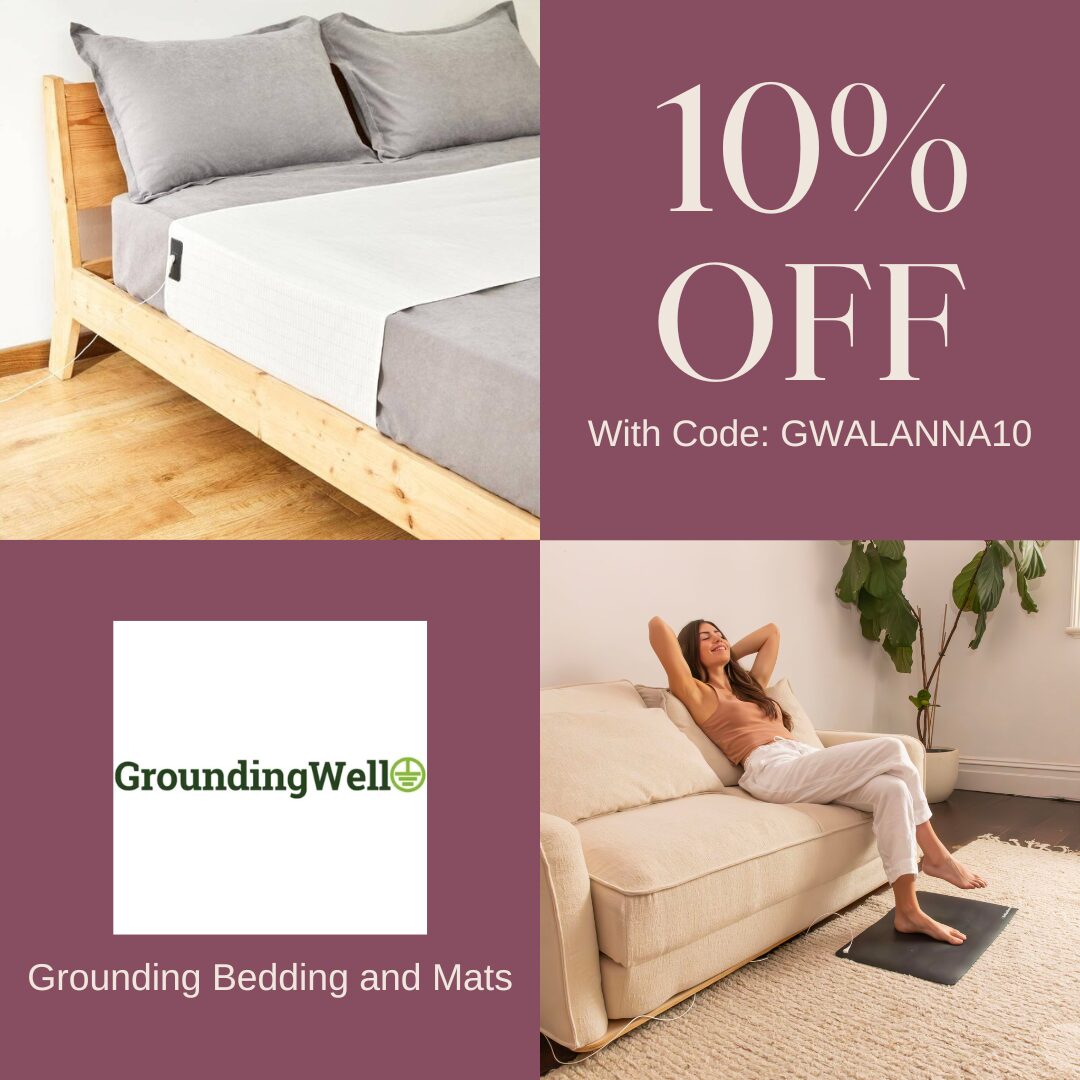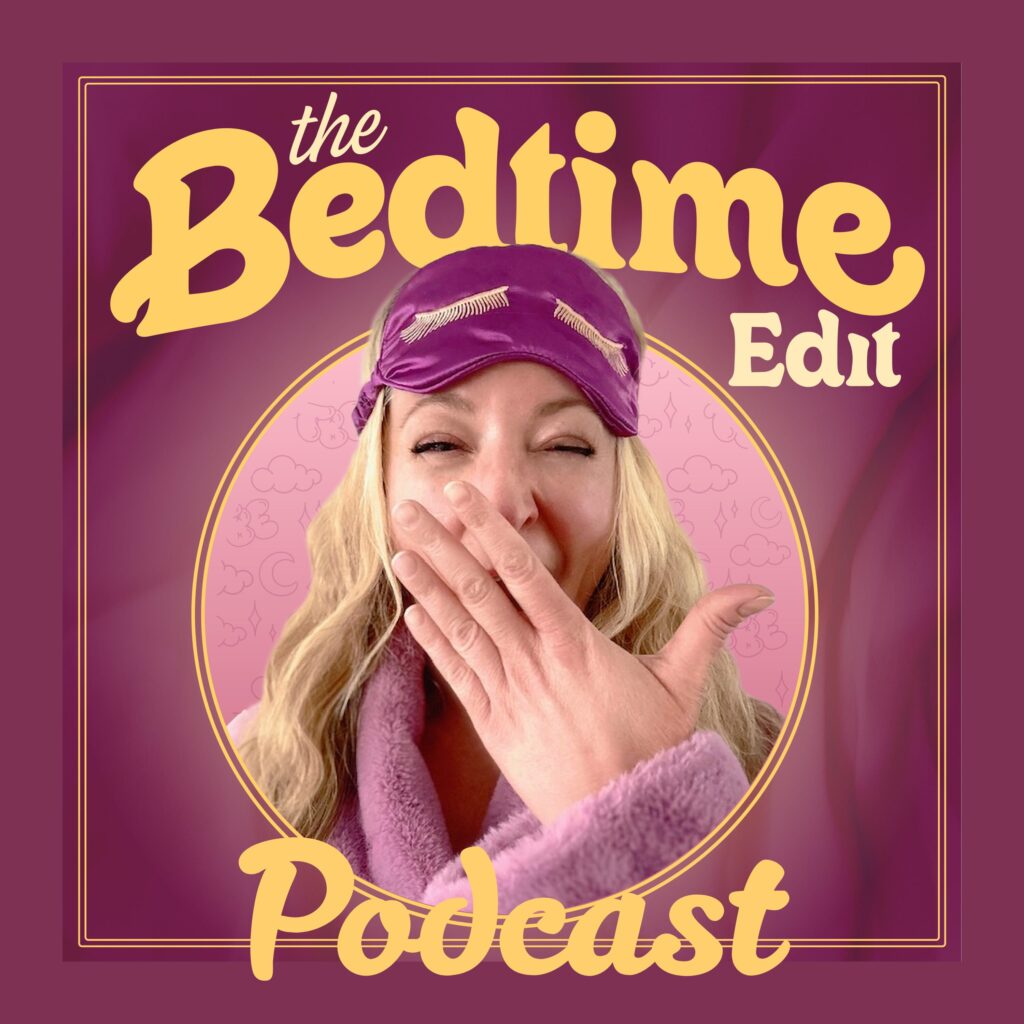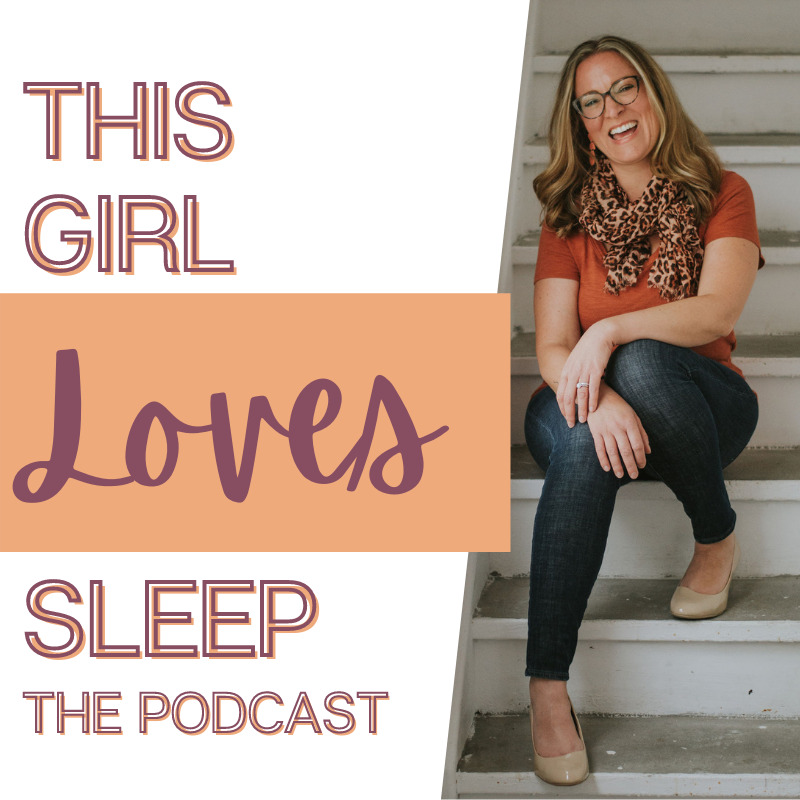Does this White Noise Machine Study Tell Us Not to Use it For Our Babies?
A recent white noise machine study, ran through the University of Toronto was conducted as there is a raised concern that consistent use of Infant Sleep Machines could increase the risk of noise-induced hearing loss.
Sound machines are used by many families and recommended by professionals to help establish quality uninterrupted restorative sleep and to mask typical environmental sounds that can lead to premature wakings of infants and children. They also aid in creating a relaxing and calming sleep environment.
Sign Up For Our Newsletter
Currently the maximum sound level used in most hospital nurseries is at 50 A-weighted dB, and occupational standards, in accordance to the Canadian Centre for Occupational Health and Safety and the National Institute for Occupational Safety and Health, limit exposure times for noise greater then 85 A-weighted dB. To put things into perspective and using a typical threshold of perception of an average human, a whisper in a quiet library at 6’ is rated as 30dB, a normal conversation at 3’ is 60-65dB, and a telephone dial tone is 80 dB. A passing truck, home lawn mower, car horn at 5 meters is listed as 100 dB. And let’s not forget the constant loud noise in the womb.
The study measured 14 Infant Sound Machines widely used in the United States and Canada played at maximum volume and measured at 30, 100, and 200 cm from the machine. The sound machines were placed on levels of equal height, and measured at the 3 distances. 30 cm would be equivalent to placing the machine on the crib rail, with 100 cm beside the crib on a bedside table, and 200 cm across the room.
The results were that as the machine moved away from the crib the effective output level decreased, which would make sense though all 14 machines were capable of producing noise greater than 50 dBA, at distances of 30 and 100 cm, with 13 out of 14 of them capable of producing noise greater than 50 dBA at a distance of 200 cm. Three of the machines were capable of producing noise greater than 80 dbA at a distance of 30 cm when at maximum volume.
Here is what we have to take into account. The sound machines used were at maximum volume and there were also no testing done on children so while the study was conducted and published due to cause for concern nothing was actually proven. It concludes that if not used correctly sound machines are capable of producing sound levels, which can be damaging. Please take note though that this is only if not used correctly.
We need these studies done so that parents, professionals, and manufacturers of these machines are able to encourage safer use of them. As a sleep professional I believe it’s important to address this study and encourage the safe use of these machines. Most devices come with volume control and I recommend, and have always recommended, that the highest volume should not be used. Your sound machine does not need to be played loud enough to drown out your child’s cries. I spoke with Erin Avramidis, registered Speech-Language Pathologist at Speech Kids Canada who made the same suggestions as the study. Purchase a machine with volume control, set it at a low setting, and it shouldn’t be placed on the crib or in the crib with the child. If you are concerned at the level you are using I would like to suggest some of these apps that will actually measure the sound levels in your environment. This can provide you with added reassurance that the level in your little ones room isn’t too loud.
Using it at a low volume and as far away as possible from the crib will follow the recommendations for hospital nurseries and the Health Advisory of the American Academy of Sleep Medicine.
“Creating a safe and quiet sleep environment is one of the best ways to promote healthy sleep development in children.” – M. Safwan Badr, MD AASM President.
At Good Night Sleep Site it’s important for us to educate you on the above recommendations and to practice them with our clients. We also have to remember that there are other ways that we can teach our children and assist them in healthy sleep. We must always promote a safe sleep environment, and one that is conducive to sleep by making it as dark and quiet as we can. Working on setting up relaxing routines, encouraging age appropriate sleep schedules once a child is old enough, and managing sleep associations exceed all other sleep props, including sound machines, and should be the focus in any sleep plan.
This study is going to encourage manufacturers to provide a volume limit to their machines and safety instructions with all devices. Professionals like myself will continue to educate parents on the safe use of these machines, and parents will continue to do their research before incorporating anything in regards to their children. This is a good thing.

Alanna McGinn is a Certified Sleep Consultant and Founder of Good Night Sleep Site – a Global Pediatric and Family Sleep Team. She provides free child and family sleep support through her Facebook, Twitter, and Instagram. She invites you to join her sleep community as she works towards Good Night Sleep Site’s mission of a healthier rested family unit. For more sleep tips please visit Good Night Sleep Site. Join our movement and #BringBackBedtime.









